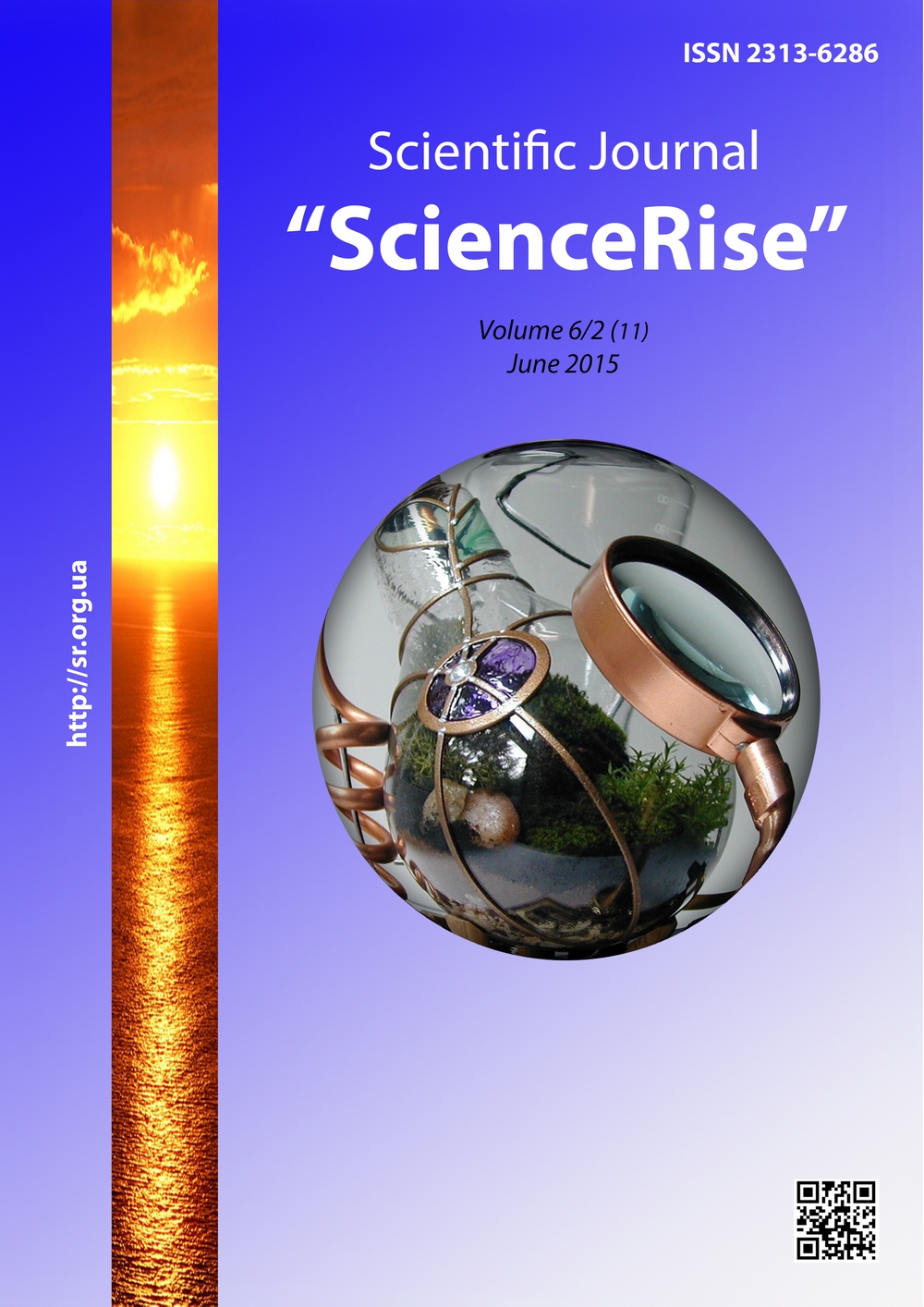The model of social crypto-network
DOI:
https://doi.org/10.15587/2313-8416.2015.44361Keywords:
social network, cryptography, confidentiality of information, infoemation security, protection of personal dataAbstract
The article presents the theoretical model of social network with the enhanced mechanism of privacy policy. It covers the problems arising in the process of implementing the mentioned type of network. There are presented the methods of solving problems arising in the process of building the social network with privacy policy. It was built a theoretical model of social networks with enhanced information protection methods based on information and communication blocks
References
Wasserman, S., Faust, K. (1994). Social Network Analysis in the Social and Behavioral Sciences. Social Network Analysis: Methods and Applications. Cambridge University Press, 1–27.
Kietzmann, J. H., Hermkens, K., McCarthy, I. P., Silvestre, B. S. (2011). Social media? Get serious! Understanding the functional building blocks of social media. Business Horizons, 54 (3), 241–251. doi: 10.1016/j.bushor.2011.01.005
Carrington, P. J., Scott, J. (2005). Models and Methods in Social Network Analysis. Cambridge, Cambridge University Press. doi: 10.1017/cbo9780511811395
Barychev, S. G., Goncherov, V. V., Serov, R. E (2002). AES standart. Rijndael algorithm. The foundations of modern cryptography, 30–35.
Hill, R. A., Dunbar, R. I. M. (2003). Social network size in humans. Human Nature, 14 (1), 53–72. doi: 10.1007/s12110-003-1016-y
ND TZI 1.1-003-99. Terminology in the field of information security in computer systems against unauthorized access.
Downloads
Published
Issue
Section
License
Copyright (c) 2015 Марк Миколайович Орел

This work is licensed under a Creative Commons Attribution 4.0 International License.
Our journal abides by the Creative Commons CC BY copyright rights and permissions for open access journals.
Authors, who are published in this journal, agree to the following conditions:
1. The authors reserve the right to authorship of the work and pass the first publication right of this work to the journal under the terms of a Creative Commons CC BY, which allows others to freely distribute the published research with the obligatory reference to the authors of the original work and the first publication of the work in this journal.
2. The authors have the right to conclude separate supplement agreements that relate to non-exclusive work distribution in the form in which it has been published by the journal (for example, to upload the work to the online storage of the journal or publish it as part of a monograph), provided that the reference to the first publication of the work in this journal is included.

